Despite being similar to lemons, limes have their own distinctive citrus flavor, and are wonderful for bringing out the flavor of other foods.
The origin of limes can be traced to Southeast Asia, and they eventually reached African and eastern Mediterranean countries through Arab traders. They spread to western Mediterranean countries during the 12th and 13th centuries after the Crusades.
Christopher Columbus is believed to have brought the fruit to Haiti. From that point, Spanish missionaries brought them to Florida. Limes have been used to help lower the risk for scurvy, a disease that can lead to weakness, bruising, joint or leg pain and tooth loss.
These small fruits are also typically added to various desserts and beverages, and are widely grown in Brazil, Argentina, Mexico, Pakistan and India, and in the Middle East. Growers usually cultivate key, Tahitian (Persian) or makrut (kaffir) limes for commercial purposes. Out of these three types, the Tahitian lime is the most popular and is grown worldwide. This medium-sized, oval-shaped lime is said to have a “true” lime flavor.
Meanwhile, key limes, popular for their usage in the famous pie, are smaller and more acidic. No matter which variety you prefer, make sure that when picking or purchasing limes, they’re a deep, dark green color and are close to ripe.
Health Benefits of Limes
Limes contain powerful compounds like alkaloids, carotenoids, coumarins, flavonoids, phenolic acids, triterpenoids, kaempferol, apigenin, hesperetin and quercetin, to name a few.
Limes’ vitamin C content is notable too. It was proven to aid in lowering your risk of cold and flu and addressing pain caused by rheumatoid arthritis. Eating foods containing significant amounts of vitamin C, like limes, may also help lower the risk of other health problems such as stroke, coronary heart disease and cancer. Researchers have also concluded that compounds called limonoids, typically found in citrus fruits such as limes, may help decrease the risk for lung, breast, stomach, colon, skin and mouth cancers.
A 2013 animal study discovered that lime juice and peel helped decrease the risk of atherosclerosis (hardening of the arteries) among animal subjects. Researchers also highlighted that the peels were actually more effective compared to the beverage. In another article, lime peels were found to have antioxidant properties, showing potential in fighting free radicals that can damage the body’s cells, trigger aging and increase your risk for diseases.
Limes Nutrition FactsServing Size: 100 grams, raw |
||
| Amt. Per Serving |
% Daily Value* |
|
| Calories | 30 | |
| Calories from Fat | ||
| Total Fat | 0.20 g | |
| Saturated Fat | 0.022 g | |
| Trans Fat | 0 g | |
| Cholesterol | 0 mg | |
| Sodium | 2 mg | |
| Total Carbohydrates | 10.54 g | |
| Dietary Fiber | 2.8 g | |
| Sugar | 1.69 g | |
| Protein | 0.70 g | |
| Vitamin A2 µg | Vitamin C | 29.1 mg |
| Calcium33 mg | Iron | 0.60 mg |
Studies on Limes
Research has shown that sun, salt and lime juice are ingredients that may provide clean, inexpensive water in areas of the world where it’s unavailable. While the solar disinfection of drinking water (SODIS) method (exposing glass containers of water to six hours of sunlight) is already utilized in some African, Asian and Latin American countries, there are still challenges linked to it.
For instance, some parts of the world only have dirty water available, and lack filters that may make the water less murky, preventing the sun’s rays from stimulating the purification process and rendering this method possibly ineffective. However, a study published in Environmental Health Perspectives suggests that adding tiny amounts of salt to the water causes it to adhere to and weigh down dirt particles.
In further testing, the addition of lime juice resulted in a faster disinfecting ability, due to large quantities of psoralen compounds present in the fruit. These compounds bond with DNA strands in the presence of sunlight, thereby preventing DNA replication. Overall, results showed that the addition of a lime slurry or plain lime juice to the SODIS method helped reduced the amount of E. coli bacteria by about a million times in just 30 minutes, compared to using the SODIS method alone, said to only be one-fourth as effective.
In a Nigerian children’s hospital, lime juice was tested as a treatment for parasites. When antimalarial medicines were given with the juice, researchers found that the combination significantly lowered parasite load. A higher percentage of subjects given both the medication and the juice also experienced complete recovery within 72 hours. Meanwhile, the treatment failed in subjects who were only given the medication without the lime juice.
Lime juice was also found to exhibit antibacterial effects against the Vibrio cholera bacteria, as revealed in a Tropical Medicine and International Health article. According to authors, in places where cholera epidemics had occurred, particularly in Guinea-Bissau located in West Africa, the inclusion of lime juice in meals helped protect against development and transmission of the bacteria responsible for cholera.
Limes Fun Facts
You can grow your own limes with no thorns and seeds if you plant the Persian variety. You can plant them in well-drained soil and allow the lime trees to grow up to 20 feet tall. Persian lime trees like full sun, but make sure they are located 15 to 20 feet (4.1 to 6.1 meters) or more away from buildings or other trees.
What’s great about growing limes (and citrus fruits in general) is their ability to tolerate cold climates and frost. However, if you’re planting key limes instead of Persian limes, don’t get too carried away, since this variety doesn’t fare well in frost.
Jonathan Crane of the University of Florida IFAS Extension recommends that you apply fertilizer to young Persian lime trees every two to three months during its first year. If you just planted a young tree, you may start applying a quarter pound or 114 grams of fertilizer containing the following: 6% to 10% nitrogen, 6% to 10% available phosphorus pentoxide, 6% to 10% potash and 4% to 6% magnesium.
Fertilization should ideally be done every two to three months during the tree’s first year. If you notice that your tree has grown, you may need to adjust the amount of fertilizer you apply. Once the tree reaches its fourth year, you can lessen the frequency of fertilizer applied annually.
Take note, however, that Crane’s recommendations are suited for people living in a warm and sunny climate. If you live in an area that experiences colder temperatures, you may need to do thorough research or ask someone well-versed in growing limes in this type of weather about the ideal growing conditions for the plant.
Summary
While you may know limes best for the delectable key lime pie, they have innumerable other culinary uses, ranging from limeades (similar to a lemonade) to lime-marinated wild-caught seafood and pasture-raised chicken.
The nutritional benefits derived from limes are every bit as important too. These fruits are home to compounds that may help stave off cold and flu symptoms, ease rheumatoid arthritis pain and lower your risk for diseases such as coronary heart disease, stroke, atherosclerosis (hardening of arteries) and skin, stomach, lung, breast, colon and mouth cancers.
With every study conducted, scientists are discovering more evidence that this small, green tropical fruit may provide even more mighty health advantages.

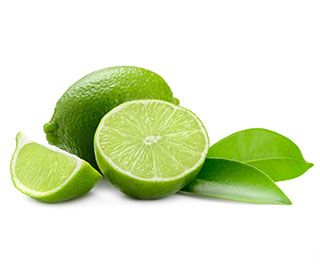
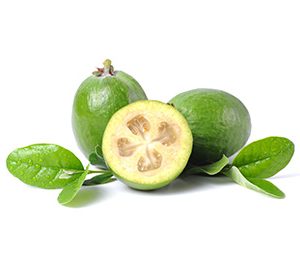
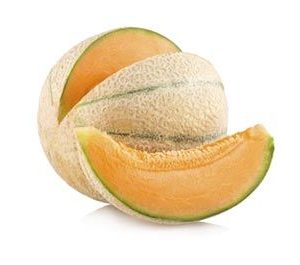

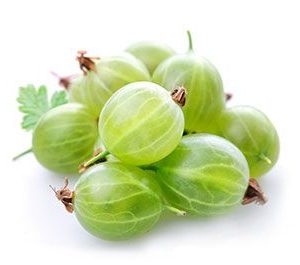
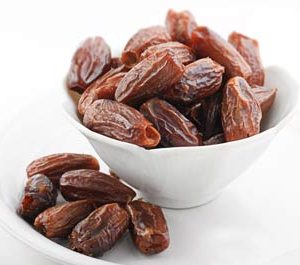
Reviews
There are no reviews yet.